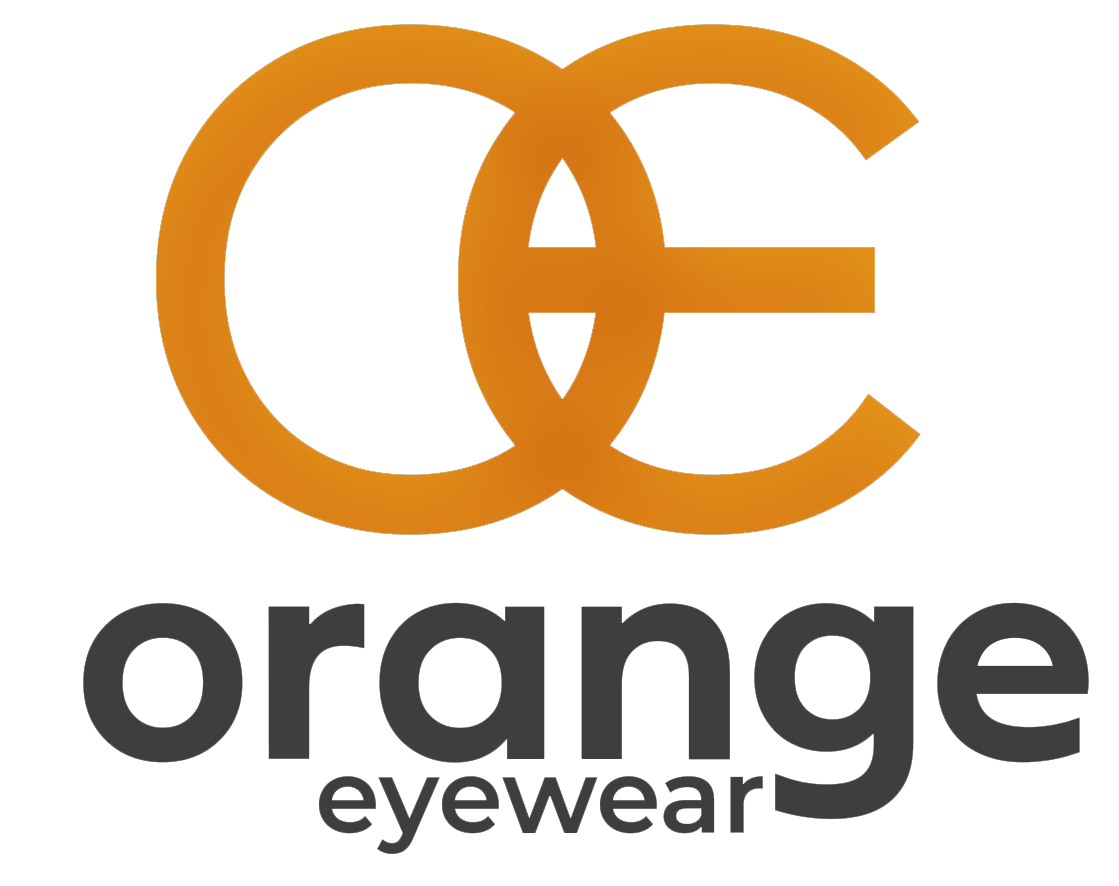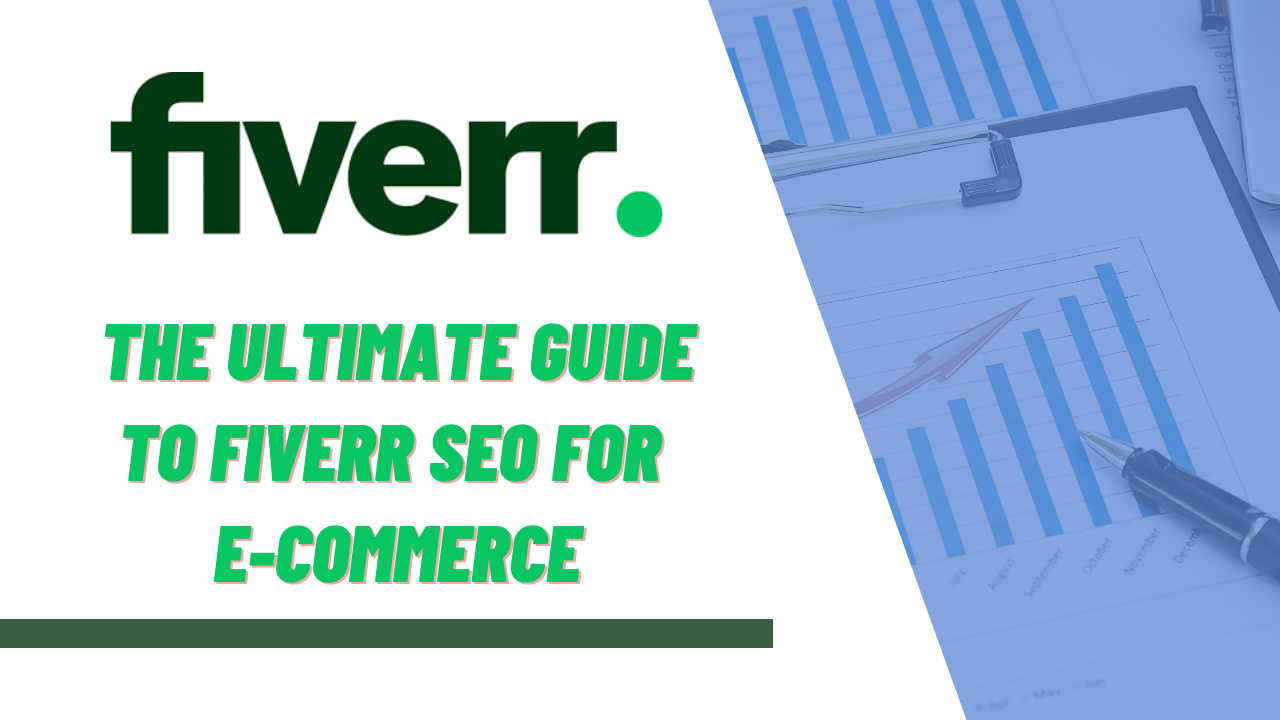
It's quite challenging to maintain the rankings of your website on Google and other search engines simply because Google has been consistently rolling out its algorithm updates every two or three months since 2011, not to mention smaller updates which keep on happening every week or so. It has impacted the entire SEO industry and the way SEO professionals work. It's happening so rapidly that some of the SEO professionals are not able to keep pace with it. If you are also struggling with these issues, this article is for you.
The tips and tricks that we are going to share below will act as a lighthouse for you. These are in accordance with the latest Google policies. Implement them or face the music!
Let's begin with On-Page Optimization and Off-Page Optimization.
On-Page Optimization
It's easy to implement because publishers can fully control On-The-Page search ranking factors. Search engines determine the relevancy of a site through its HTML coding, which means that we should include the relevant keywords in our HTML coding that point towards the type of content published on our website. This HTML coding is meant for the search engine bots, through which they categorize and rank the website.
A website must have quality content that is well researched and optimized. Constantly updating your website with fresh and relevant content that can be scanned by the bots, will boost your rankings. Proper internal-linking and optimization of links are crucial factors to complete the content optimization process.
Technical Optimization
HTML Element:
Creating descriptive meta-tags, relevant titles, proper usage of headers and description, user friendly error page are the elementary steps to create coding clues through HTML element.
Site Structure Management
Short crisp and catchy URL, easy navigability within the site, proper sitemap and optimization of the images are some of the things that improve your site structure.
Off-Page Optimization
The activities performed outside the fixed fencing of the website, where publisher does not have any direct control are known as off-page optimization. Links directed to relevant sites and backlinks that get directed to your site actually help your site to attain better rankings. The major factors that drive off-page optimization are:
- Content Marketing
- Content Distribution and Amplification
Key Rules of SEO
These are some of the SEO rules, which we must follow to avoid a Google penalty.
1. HTML Optimization
Google, unlike any other search engine, makes use of over 200 signals and 10,000 sub-signals. So, HTML optimization is necessary with proper implications of Head, H1, H2 and metatags.
2. Anchor Text Links
Including anchor text, i.e. clickable text in the form of hyperlink, helps you to appear in the search results. These are more specifically termed as link labels or link titles that need to be optimized but up to a certain level only. 30% match with the search keywords yields better results than a 100% match. Too rich anchor text can hamper your site's rank. Google has the tendency to consider semi-difficult keyword-phrase as spam. Limited usage of such words will have better impact. You can use anchor text such as "Click here", and "visit us" etc. But, you shouldn't "money terms" such as "buy" or "purchase" etc., otherwise it'll be considered spam.
Penguin anchor text case study will be a brilliant example to relate how over-optimized anchor links can damage the site image.
3. Content Strategy
Writing the content just for the sake of writing won't help the site to upgrade its rankings. 'Keywords' are essential but 'user' should be the prime focus. Content must be useful for the users, should meet their requirement and should be relevant to their search query. 'Quality ranking' won't matter much but 'quality content' definitely matters. Mediocre write-ups get less attention and are often cause drop in ranking. Sites having detailed pieces of content with generally more than 1500 words get the chance of becoming the preferred search results on Google. Wikipedia and eHow, etc. are few such examples that emphasize the importance of long form content.
4. Slow and Steady Link Building
Too fast approach to link building can ruin the entire effort of improving the rankings on SERP. It is always better to create authoritative links. Marcus Taylor, a famous blogger narrates an incident where he created around ten thousand backlinks for a new domain overnight using software. But to his surprise, Google penalised the site by dropping its SERP rankings drastically within a fortnight. That are the adverse consequences of over and unnatural optimization. So, you should implement a link building strategy keeping in mind your short and long term SEO goals.
5. Authoritative Site
It is always recommended that you create more and more authoritative links that are useful to improve your rankings. This can be achieved through quality content that is relevant to the user and through more involvement and participation in social media in terms of tweets, likes and shares.
6. Links to Internal Pages
The ratio of links to your internal pages and homepage should be 3:1, which means more links should be directed towards the internal pages of the site rather than the homepage. This strategy helps users find more relevant topics in one go. That's the reason why Wikipedia has high rankings.
Violation of such principles can cost you a fortune in terms of Google penalties. Search engines consider such sites as spam or tag them as 'black hat', where these rules are violated.

Morals of SEO
A. Links are Essential for your Pages
Links are essential to co-relate the relevant or related topics that complete a cycle of information. Broadly, links can be classified as Internal and External.
Internal linking is done within the webpages of the same site, where the source domain and the destination domain belongs to the same website. It is basically linking one page to another. Just like linking the About Us, Contact Us or product pages to the Homepage.
External linking is relatively a lengthy process, where webpages accept the relevance signals and build a linking network. This helps Google to understand the niche and how the website is perceived by the related sites, which in turn builds trust and quality of the site.
i) Inbound Links- Create such content that others would like to share and include the link of your site on their posts. Content that solves problems, entertains, educates, demonstrates, and is easy-to-share, will be given more weightage. Give space to others through link building on your site, this in return will generate the opportunity to get inbound links to your site.
ii) Outbound Links- A few people consider outbound links to be risky, as they might divert the users to some other websites, but the consequences are actually positive. Include links that will take you to some other website or webpages with related topics. This will help Google to understand the relevance of the topic and will build trust.
Don't hesitate to link your site with some external sources. It's a kind of co-relation that is built to improve the SEO rank and trust factors of both websites. According to an interesting research done by SEO experts, those sites that link out to other sites perform better. For example, Digg, Reddit or Twitter, give maximum links to other sites, but visitors have the tendency to come back in search of relevant links.
B. Short and Catchy URL
Be a bit creative in this. A creative URL with clear and easy-to-understand keywords gives a boost to the site. It is always SEO friendly to deal with a short and crisp domain, brand name or URL. Concise and catchy names easily stick to the mind of the user as well as the search engines. Excessive usage of keywords signals to Google that it's a deliberate SEO strategy. A negative impact hits faster and deeper than the positive results achieved over a period of time.
C. Blog Name Fits Better in Sub-Directory Rather than Sub-Domain
Do you have a blog on your blog? Be very careful about the URL of the blog. Putting the 'blog' word in the sub-domain gives the impression that the blog is hosted by some third party like WordPress or HotSpot.
Example: Blog.company name.com/article-name
The second case is more apt and better in terms of SEO. Google considers the blog as a part of your website when the blog is present in you sub-directory.
Example: Company name.com/blog/article-name
D. Website Loading Speed Does Matter
A variety of tools such as GT Matrix, Google Developers, and Web Page Test, etc., are available online to measure your website speed. Optimize the speed of page loading because one out of every four users bounces back if it takes more than four secs to load. Among them around 50% visitors do not revisit the site. The ideal timeframe should be less than two secs to consider the website performance up-to-the-mark. Statistics states that three out of every four visitors bounce back on mobile if the time exceed 5 secs.
Website performance determines the user engagement, conversion and it directly reflects on the sales figure. During Obama's presidential election in 2011, an additional US$35 million was raised just by optimizing the speed of the site decreasing its load time from five seconds to two seconds. It is a classic example that shows how page load time can be decreased by optimizing the image size, format, graphics, removing CSS feed and cookies, etc.
E. Long Form Content Does Play a Vital Role
Long, detailed and explanation based content is always welcomed by Google. The search engine prefers to consider the sites with the following features for higher ranks:
- Lengthy content- Homepage with detailed description of the site
- Quality content- Content with relevance to the topic
- Freshness- Writing fresh content, editing the old posts, changing the formatting
- Proper usage of keywords- 2.45% usage of keywords is desirable; keyword density affects the site adversely
- Answer directly- Your content should address the problem of the user in a direct manner
F. Get High Rankings Using Social Channels
Even if your social posts are not working, social media presence will always reflect on the search engine results.
Facebook and Twitter are not directly related to Google algorithms, but your brand's presence on social media especially on Twitter and Facebook is quite important. Higher number of likes, shares, tweets and retweets are considered as user engagement and it helps you move up the SERP ladder.
G. Google+ Proves to be a Superior Platform for SEO
Google+ is known for its direct relation with Google rankings. It provides much better results than root domain, keyword usage or Facebook posts and tweets on Twitter.
All the posts are indexed at the same time they are posted on Google+. Google itself uses its social platform to search fresh content.















Post Your Comment
Comments